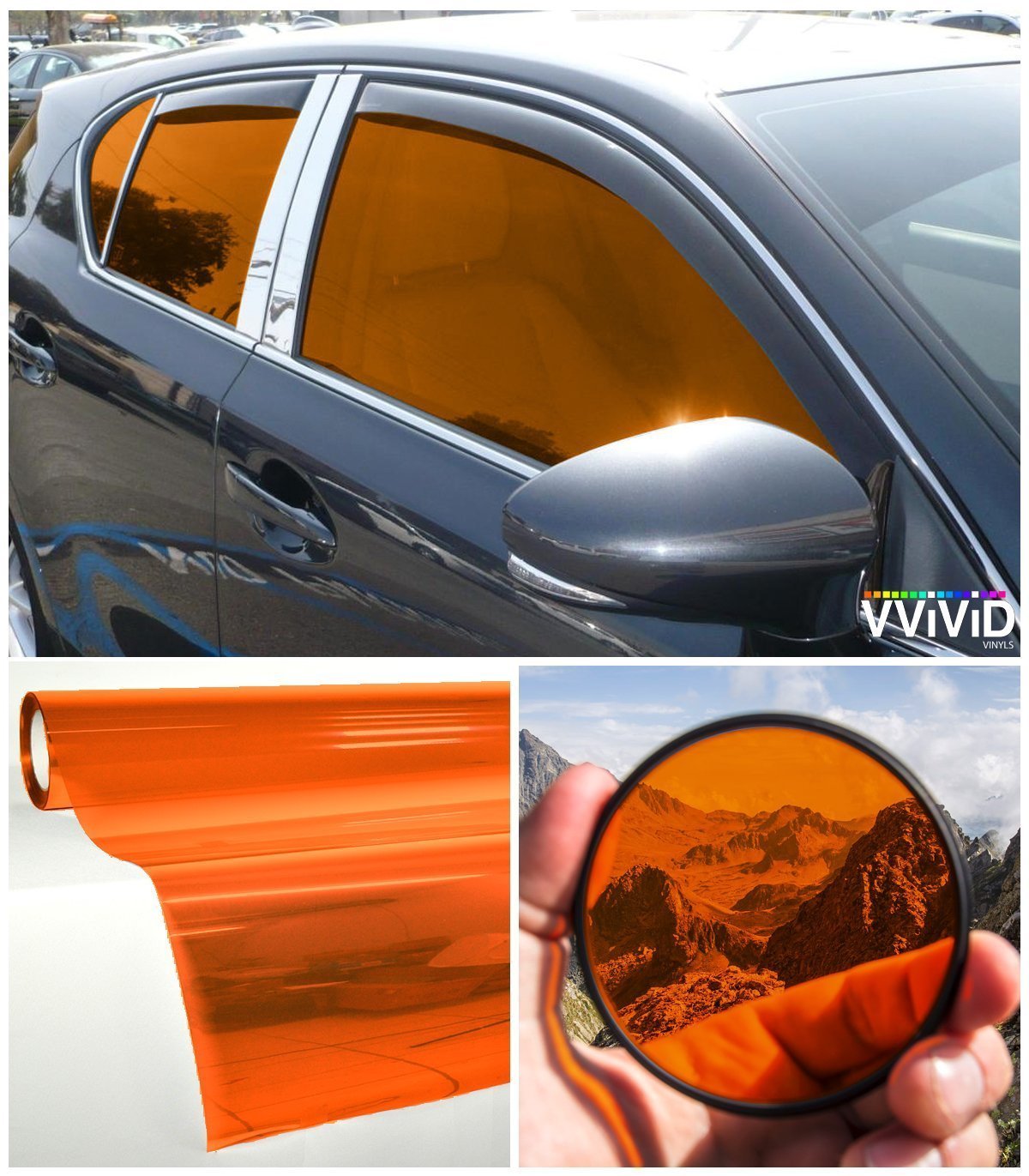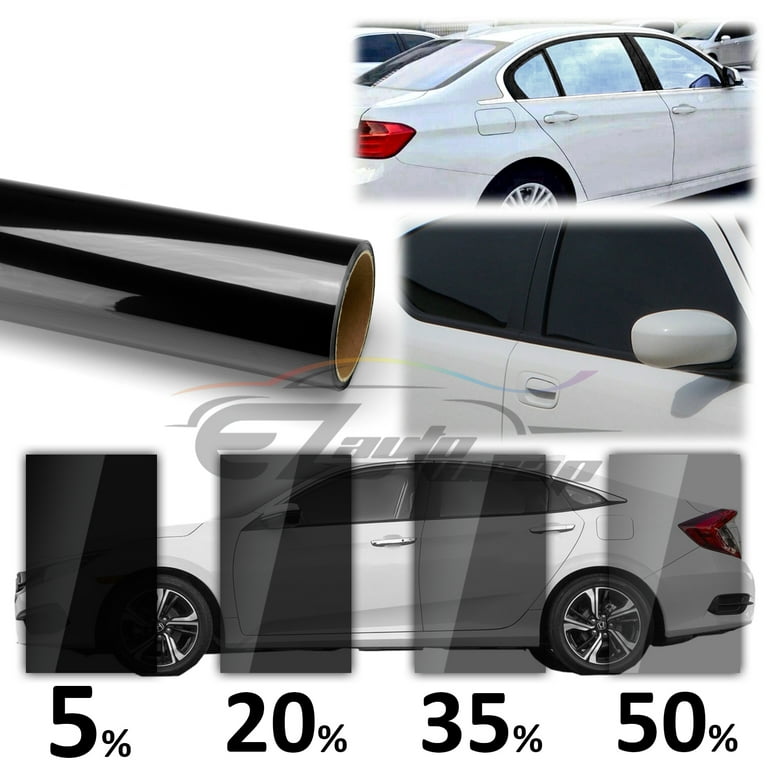Vehicle Window Tinting: Boost Your Auto's Style and Privacy
Vehicle Window Tinting: Boost Your Auto's Style and Privacy
Blog Article
Window Tinting Rules and Guidelines: What You Required to Know Before Tinting Your Vehicle
Before proceeding with home window tinting for your automobile, it is vital to familiarize on your own with the diverse laws and guidelines that govern this method across various states. These policies dictate the permitted levels of color darkness, typically gauged by noticeable light transmission (VLT) percentages, and include certain specifications for front windshields aimed at making certain road safety.
Review of Home Window Tinting Regulations
Home window tinting legislations are frequently subject to variation across different jurisdictions, showing regional guidelines and safety factors to consider. These laws dictate the permitted levels of tint darkness and reflectiveness on vehicle home windows, making certain that drivers preserve sufficient exposure while also safeguarding against damaging UV rays and warm.
The majority of guidelines categorize home window tinting based upon the Visible Light Transmission (VLT) percent, which suggests the quantity of light that can travel through the window. Typically, reduced VLT percentages indicate darker colors. Regulations commonly distinguish in between the front, side, and back home windows, with more stringent restrictions put on the front windshield to improve security for both the vehicle driver and other roadway customers.
In addition, some territories enforce constraints on the reflectivity of the tint, preventing too much glare that can impair visibility. Exemptions to these regulations may exist for people with specific clinical problems needing added sunlight security. Conformity with home window tinting policies is crucial, as violations can result in penalties, mandatory elimination of the tint, and prospective boosts in insurance policy costs. For that reason, it is vital for vehicle proprietors to familiarize themselves with neighborhood regulations before waging home window tinting installments.
State-by-State Tint Regulations
Recognizing the specific home window tinting guidelines in each state is important for vehicle proprietors seeking to conform with the law. Each state in the united state has established its very own collection of rules regulating window tinting, which can vary substantially. These policies frequently determine the permitted levels of color darkness, the types of home windows that can be tinted, and any clinical exemptions that might use.
For instance, states like The golden state have rigorous restrictions on color darkness for front home windows, while others, such as New Mexico, might permit darker tints. Furthermore, particular states mandate particular presence percentages for different windows, including the windscreen, front side windows, and rear home windows. It is important for auto proprietors to acquaint themselves with their state's laws to stay clear of prospective penalties or fines.
Additionally, some states may call for a certification sticker label to be put on colored home windows, suggesting compliance with state laws. Failure to stick to these guidelines not just risks legal effects yet can also affect security and presence while driving. Vehicle owners ought to perform thorough research study or speak with neighborhood authorities to ensure full understanding and conformity with state-by-state tint guidelines.
Allowed Color Kinds and levels
Many car proprietors might be amazed to find out that allowed tint degrees and types vary commonly across various states. Each state has established its own laws pertaining to the acceptable darkness and reflectivity of home window tint, frequently determined by Visible Light Transmission (VLT) percents. VLT describes the quantity of light that can go through the tinted home windows; therefore, a reduced percent suggests a darker tint.

Additionally, the kinds of tint materials allowed can differ, with some states forbiding mirror-like or metallic finishes. It is essential for vehicle proprietors to familiarize themselves with their state's particular legislations to make sure compliance. Non-compliance can cause penalties, compulsory removal of the tint, or other lawful effects, making it important to understand these policies before waging setup.
Medical Exceptions for Tinting
While not all states offer allocations for clinical exemptions concerning home window tinting, those that do identify the necessity for details individuals to boost exposure and convenience as a result of medical conditions. Numerous medical conditions, such as lupus, skin cancer cells, and certain eye conditions, can make people especially conscious sunshine. These individuals might call for darker colors to secure themselves from hazardous UV rays and glare.

It is necessary to keep in mind that despite having a clinical exemption, there may still be restrictions on the degree of color permitted. Compliance with state legislations guarantees that individuals are both safeguarded and within lawful limits. Those considering clinical exceptions ought to call their neighborhood Department of Motor Automobiles or comparable authority to recognize the procedures and demands required to obtain an exemption properly.
Penalties for Non-Compliance
Failing to adhere to home window tinting regulations can result in significant charges, which differ by state. Police are empowered to issue citations for lorries that do not stick to the specified tinting guidelines. These charges commonly consist of penalties, which can vary from moderate amounts to several hundred dollars, depending on the extent of the offense and the state in inquiry.
In some jurisdictions, repeated offenses might lead to rising penalties or additional penalties, such as obligatory court appearances. Moreover, non-compliance may necessitate the elimination of unlawful tinting, commonly at the proprietor's expenditure. In extreme instances, habitual offenders may encounter suspension of their car registration up until compliance is achieved.
Additionally, insurance implications might occur from receiving numerous citations for home window tint offenses. Insurance companies might see such infractions as an indication of riskier habits, possibly resulting in enhanced costs or trouble in insurance coverage.
To prevent these charges, it is important for lorry proprietors to familiarize themselves with their neighborhood window tinting legislations and make certain that their lorry complies (Window Tinting). This positive approach not just prevents lawful ramifications however likewise promotes road security
Verdict

Many laws categorize home window tinting based on the Visible Light Transmission (VLT) percentage, which indicates the amount of light that can pass with the window. Compliance with home window tinting laws is important, as infractions can result in fines, mandatory elimination of the color, and possible increases in insurance policy premiums.Recognizing the specific home window tinting regulations in each state is essential for automobile owners looking for to abide with the regulation. These read laws frequently dictate the allowable levels of color darkness, the kinds of windows that can be tinted, and any kind of clinical exemptions that may apply.
For instance, states like California have rigorous restrictions on color darkness for front home windows, while others, such as New Mexico, might enable darker tints.
Report this page